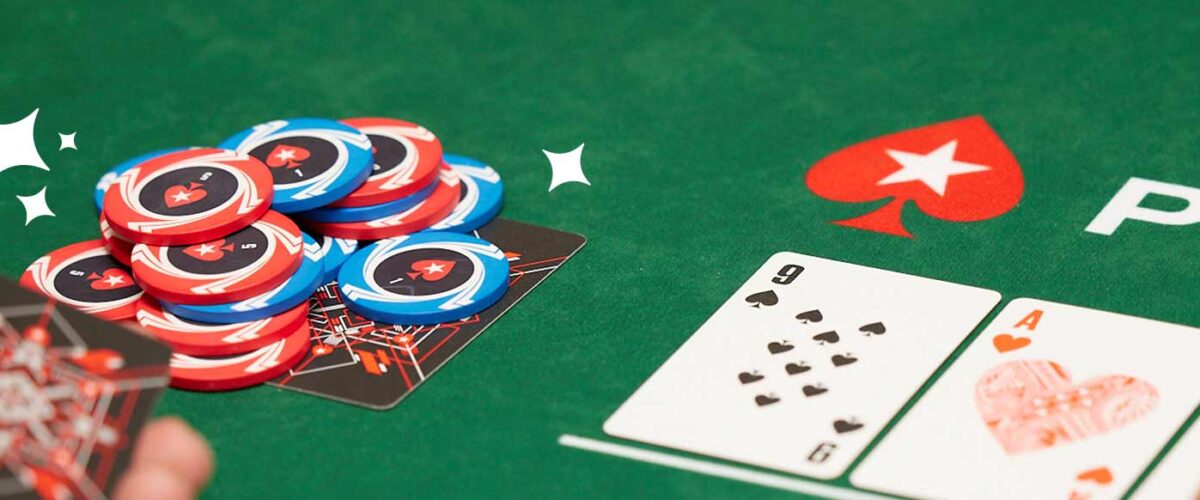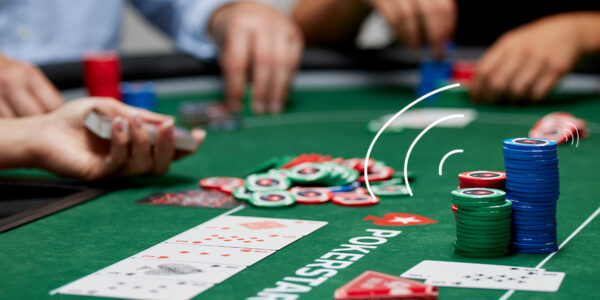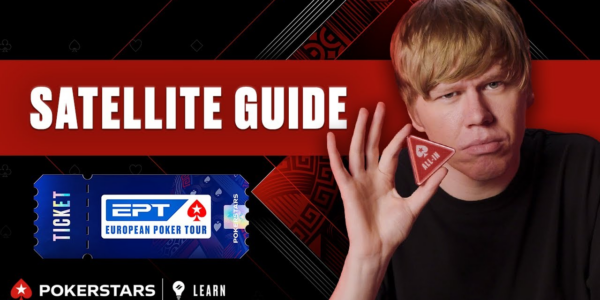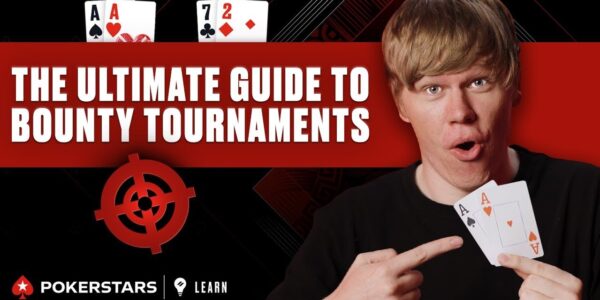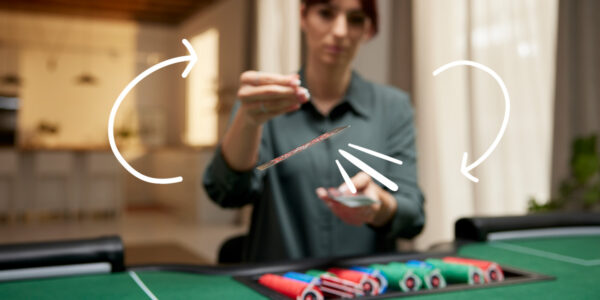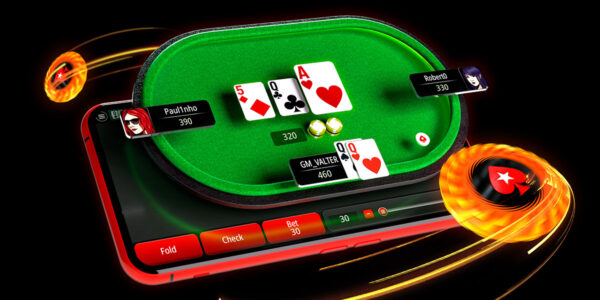How to Play Middle Pairs on the Flop
We all know someone who simply has to one-up you in conversations.
“Oh, you ran a half marathon? That’s great! I just ran a full marathon…”
“Oh, you climbed Mount Kilimanjaro on vacation? That’s great! I once climbed Mount Everest on my own…”
“Oh, you went to see the Rolling Stones in concert? That’s great! My dad is Mick Jagger…”
It’s so exhausting (and infuriating) that it can make you not want to say anything at all.
That’s a bit like flopping middle pair in no limit hold’em. You’ve connected with the board and that’s great, but what if your opponent has made a top pair? Often, this nagging thought is enough to make you play cautiously even when a bet is best.
In this article, we’ll look at situations when betting your middle pair on the flop can be hugely beneficial, and situations were you checking is the best course of action.
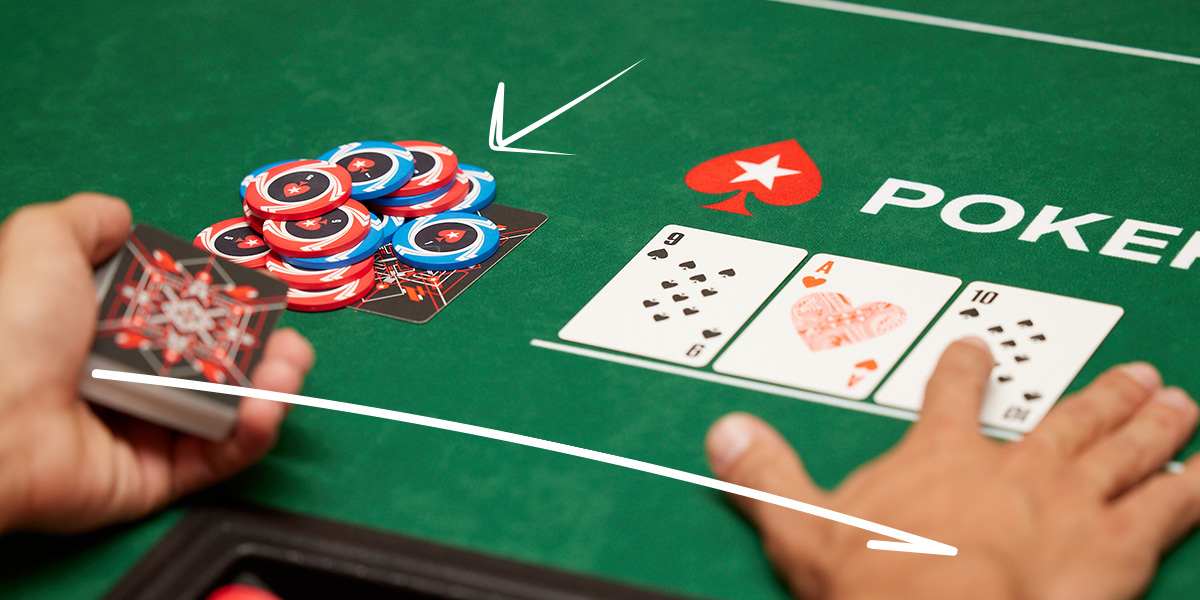
What is middle pair?
Before we get into the strategy of playing a flopped middle pair, let’s first explain what exactly middle pair is.
Middle pair is when one of your hole cards connects with the middle card of the flop. So if the flop is 2♠ 8♣ K♥ and you have an eight in your hand, you have flopped middle pair.
If you have a king or a deuce alongside the eight, then you’ve flopped two pair – either top-two pair (king and eight) or bottom-two pair (eight and deuce) – rather than just middle pair.
If you have a pocket pair in your hole cards, say pocket nines, then on a 2♠ 8♣ K♥ flop you beat the middle pair (eights) but you’re behind the top pair (kings). This isn’t referred to as a middle pair.
When you should bet
Now let’s cover the spots in which it can be beneficial to make a continuation bet after flopping middle pair. (A continuation bet, or c-bet, is when you were the preflop raiser and you then bet again on the flop).
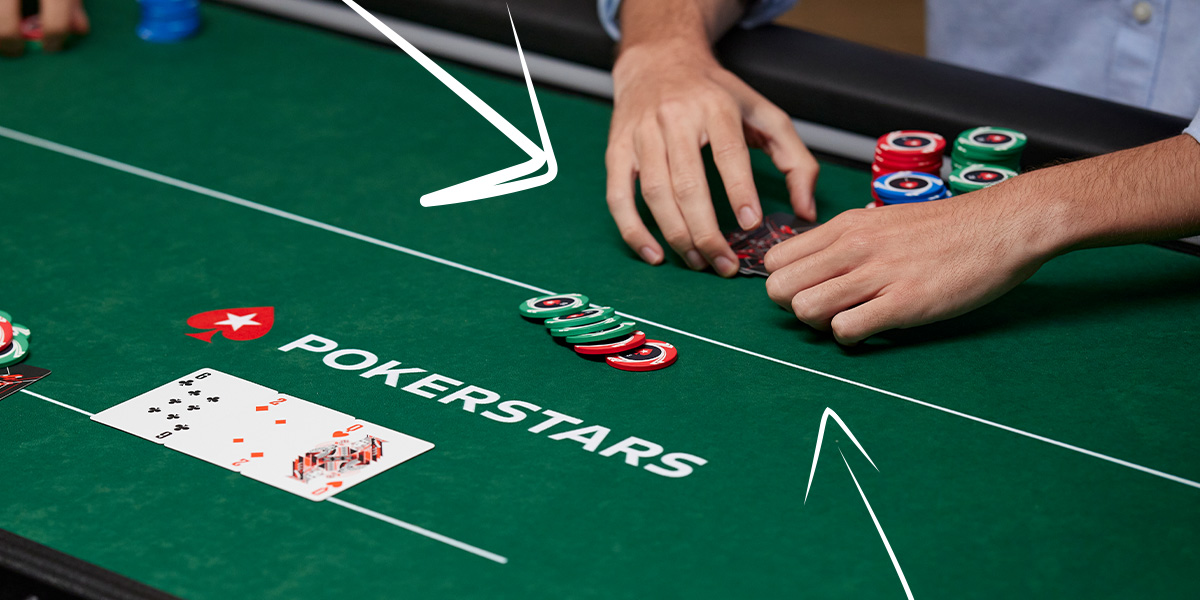
When you have a range advantage
Let’s say you open preflop and get one caller from the big blind. The flop comes A♠ 10♥ 3♦ .
You can bet your entire range in this spot simply because you have a huge range advantage as the preflop raiser. You have pocket aces and all of the big-kicker aces, which your opponent almost never has as they didn’t 3-bet preflop. Therefore you can bet comfortably regardless of your actual holding and you’ll most likely take it down.
But now let’s look at the middle pair hands you might have, such as jack-ten suited or king-ten offsuit. A c-bet won’t make your opponent fold if they have an ace, but putting in the c-bet is still the best play as it could win you the pot there and then, or you could take it down with another bet on the turn – applying pressure to weak aces and perhaps even getting better tens to fold.
To deny equity
Betting your ten in this spot also allows you to deny your opponent the equity they might have. For example, if your opponent has a hand like jack-nine, a jack on the turn will relegate your middle pair to third and pair and put you behind. By betting, you force those hands to fold.
This all depends on the flop, of course. If the flop is K♥ Q♠ 3♦ and you have Q♥ 10♥ , your hand is less vulnerable to turn cards as only an ace will relegate your pair to third pair. Therefore your hand requires less protection.
Your hand can improve on the turn
If you’re going to c-bet with your entire range on an ace-high flop, you’re going to get called a lot of the time when you have middle pair. But sometimes this can work out in your favour.
If you manage to spike two pair on the turn, you’re now in a fantastic position to get a lot of value as when your opponent has an ace there’s a chance they’ll get sticky with it.
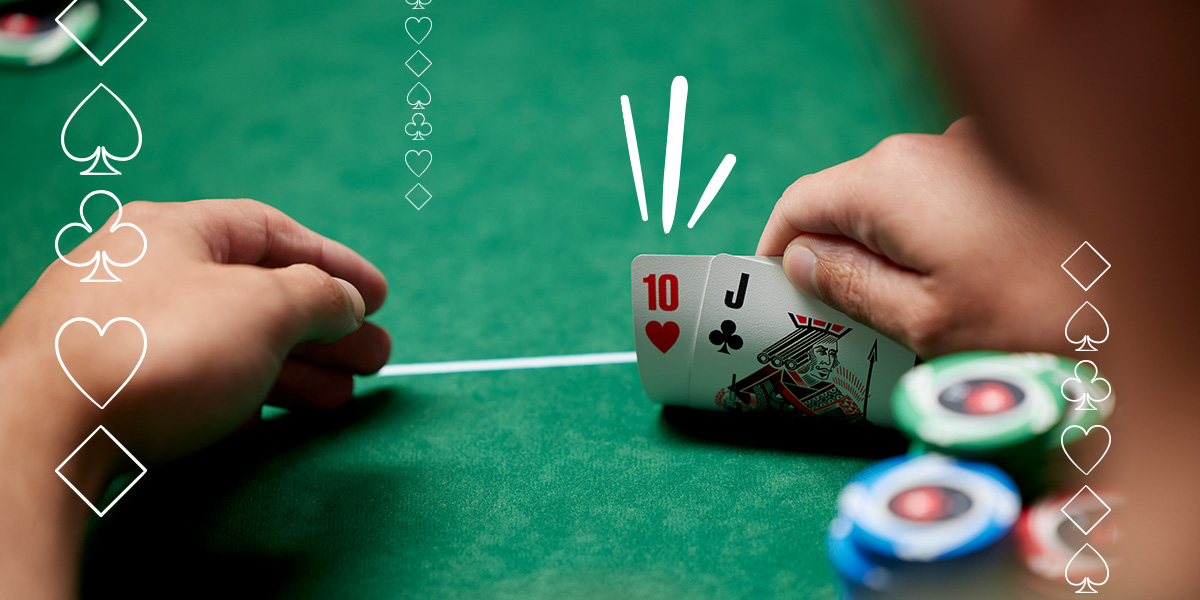
When you should check
There’s no value
One of the most common situations you might check or check back your middle pair is when you don’t think you can get called by a worse hand.
Let’s say you have 7♥ 8♥ on a K♦ 7♠ 4♣ flop. Are there any worse hands that will call here and give you value? Only a hand like five-six, which has a lot of equity and may end up being the winner by the river.
In these situations, it can be good to check and assess either your opponent’s action or the turn card.
You have good implied odds
Sometimes it’s best to check and let your opponent see a free turn card when your hand has good implied odds, meaning if you were to improve on the turn you could win a big pot or at least extract more value.
Let’s say you have 10♣ J♣ on a K♥ 10♠ 8♣ flop. If the flop checks through and the turn is a jack, there are many hands you now beat that will have picked up significant draws that you can get value from on the turn (ace-ten, queen-ten, ace-nine, king-nine, king-queen, eight-nine, jack-nine).


